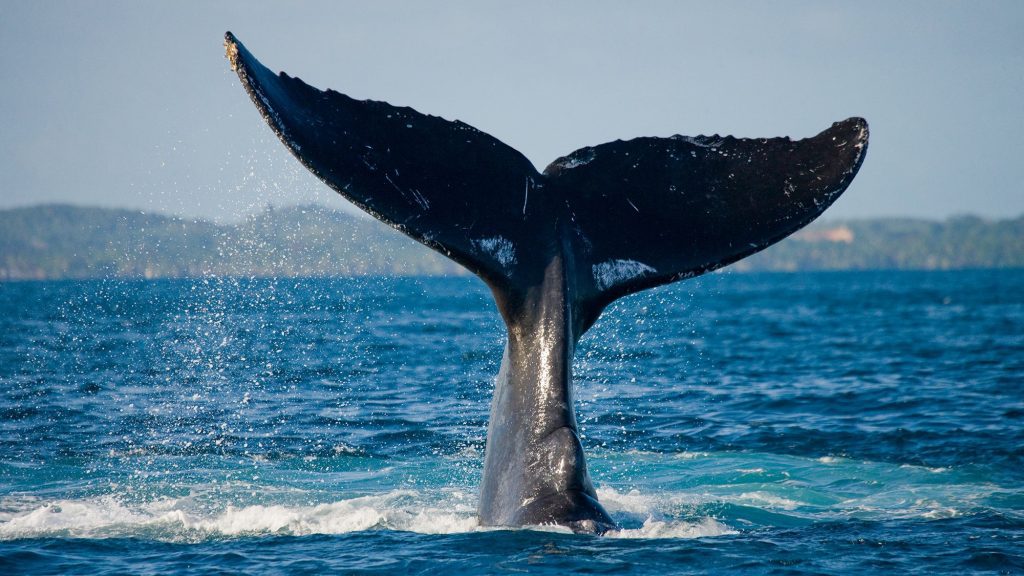Researchers have found that North Pacific Ocean humpback whale populations have decreased by 20% in the last ten years, possibly due to a heat wave related to climate change. They used an image detection model powered by artificial intelligence to analyze over 200,000 photos of humpback whales taken from 2001 to 2022. The findings were published this week in the journal Royal Society Open Science. published this week in Royal Society Open Science, used the artificial intelligence-powered image detection model to analyze more than 200,000 photographs of humpback whales taken between 2001 and 2022.
Facial recognition models used to identify humans have faced sustained criticism from researchers and advocates who say the models struggle to accurately identify nonwhite people. In this case, the model scanning humpback whale photos was trained to spot and recognize unique identifiers on a whale’s dorsal fin, such as marks, variations in pigmentation, scarring, and overall size. Researchers used photo matches to estimate humpback whale populations over time.
[ Related: The government is going to use facial recognition more. That’s bad. ]
The nonprofit called HappyWhale, which is described as the “largest individual identification resource ever built for marine mammals,” collects and stores images of whale tails taken by scientists and whale watchers. HappyWhales encourages everyday people to take photos of whales they see and upload them to its database, along with data and location information.
Users can track a whale they photographed and contribute to a growing set of data that researchers can use to more accurately understand the population and migration patterns of humpback whales. Before this AI-assisted method, experts had to manually compare whale tail photographs, which was a time-consuming process. Image matching technology speeds up this process and allows researchers more time to investigate changes in population data.
“Having an algorithm like this dramatically speeds up the information-gathering process, which hopefully speeds up timely management actions,” said Philip Patton, a University of Hawaii at Manoa Phd student who has worked with the tool in a previous interview with Spectrum News.
Research links humpback whale population decline to climate change
Humpback whales were once close to extinction but have seen their population grow over the last 40 years since commercial hunting of the species was made illegal, to the point where they were removed from the endangered species list in the US in 2016. However, researchers estimate that their population peaked in 2012 at around 33,488 and has since decreased to 26,662 by 2021, a decline of around 20%. The researchers believe that this downward trend occurred during a record heat wave that raised ocean temperatures and may have impacted the species’ recovery.
That record-breaking heat wave caused an increase in sea surface temperatures and a decrease in nutrient-rich water, which then caused a reduction in phytoplankton biomass. These changes resulted in more disruptions in the food chain, which according to the researcher, limited the whales’ access to krill and other food sources. While they recognized that ship collisions and entanglements might contribute to some of the population declines, the researchers stated that these factors couldn’t explain the entire decline. “These advancements have changed the way abundance is estimated from scarce and periodic data collection to continuous and accessible tracking of the entire population in the ocean basin over time,” the researchers stated.
Using facial recognition can provide insight into animal populations on a large scale.
Not only whales, but other animals are also being studied using image detection algorithms. Scientists are using this technology to
study populations of cows, chickens, salmon, and lemurs , among other species. While primarily used for conservation and population estimation, some researchers have reportedly used the technology toexamine facial expressions in domesticated Sheep to determine if they are in pain in certain situations. Others have used photo matching software to help locate missing pets . Do all geese look the same to you? Not to this facial recognition software..
[ Related: These examples and others demonstrate the benefits of image and pattern matching algorithms that can efficiently search through large image databases. In the context of conservation, accurate population estimates made possible by these technologies can help determine whether certain species should be classified as endangered and require resources to help maintain their healthy population. ]
A system similar to facial recognition is being utilized to provide urgent updates about humpback whales.









